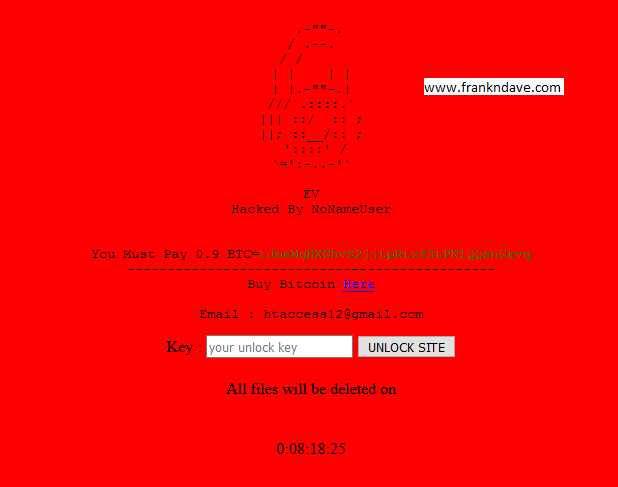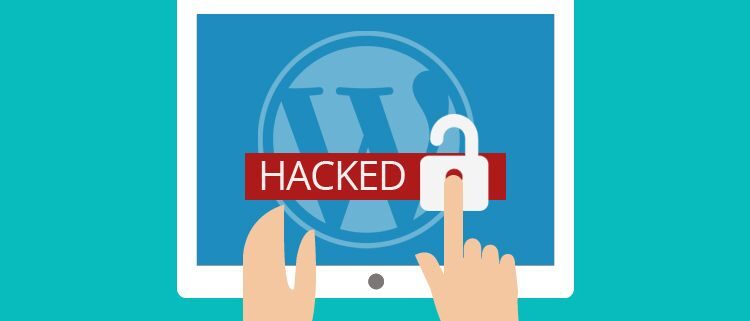Ransomware now targets WordPress sites
Ransomware is a phenomenon that has grown dangerously in 2017, which has caused billions of damage to companies and people around the world, and reminded why it is important to invest in IT security.
It is called ransomware a malicious software that can penetrate via the internet into your home or business computer (or other connected device), thanks to a system vulnerability. When a certain condition occurs, ransomware make the computer data unreadable by means of strong encryption algorithms and promises to unlock it after paying a ransom.
Usually cybercriminals require anonymous contact through the dark web and ask for payment in bitcoin.
In May and June we learned from the media about the massive attacks on WannaCry and Petya ransomware and their variants.
In August, a new ransomware emerged that attacks WordPress sites. It encrypts data and tries to extort money from the site owner.
This is an example of how an attacked site looks like while I’m writing this post (I’ve put its address in the picture):

Ransomware grants a limited time to pay for redemption of 0.9 bitcoins (equivalent to more than 3,000 euros) , after which the encrypted data on the site will (probably) be inaccessible forever.
As with computers in your home and business, a recent backup is salvation. In this case, you will be able to restore the site after obviously proceeding to a complete server remediation and after the removal of the vulnerability that allowed criminals to take control of the site.
Ransomware causes a lot of damage, included:
- Inaccessibility of sites like e-shops can result in direct economic damage
- Data loss and site reconstruction costs
- Damage to site search engine ranking: that’s why the best SEOs are always careful about security
- Reputation damage
- Collateral risks to corporate security
If you’ve been hit by ransomware, our advice is not to pay ransom even if you are tempted to do it, taken from despair. Paying is not ethical, because it finances the crime and because you have no guarantee of getting your data back. You could pay and not get the site unlocked, thus aggravating the damage you received.
How to prevent ransomware? First of all, increasing the company’s culture in the field of computer security. Next, providing you with protection software and procedures that reduce your risk virtually zero.
If you have important online assets such as e-shops , collaboration sites, CRMs, you have probably entrusted the management to people with a solid background even in IT security.
If your site have been hacked and you still need help to rescue it, contact us, you’ll be in good hands.


